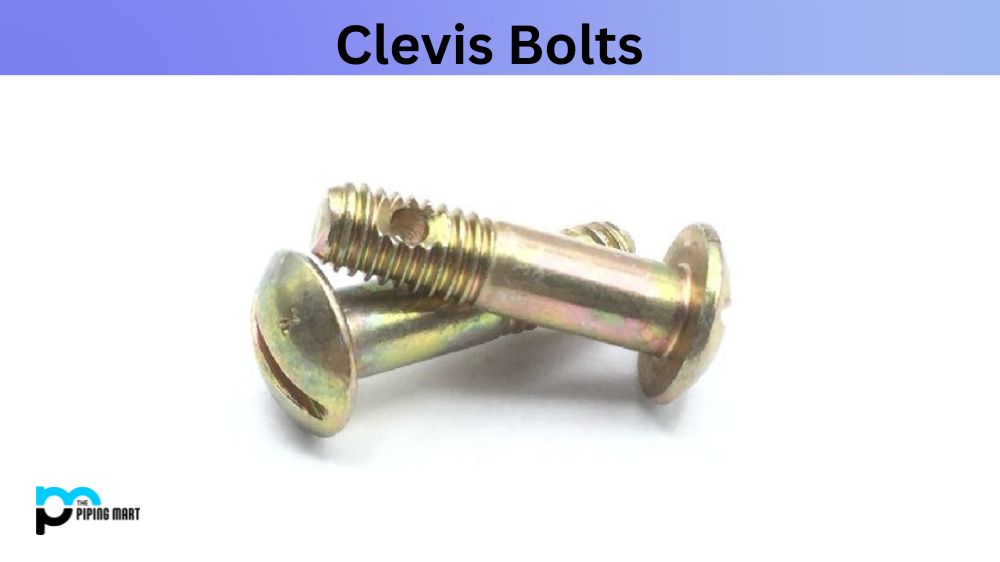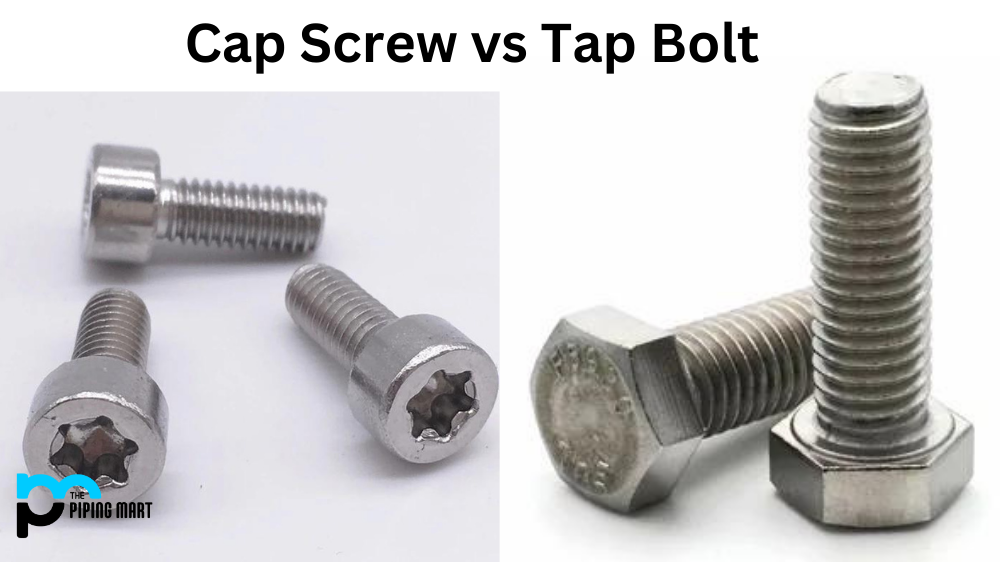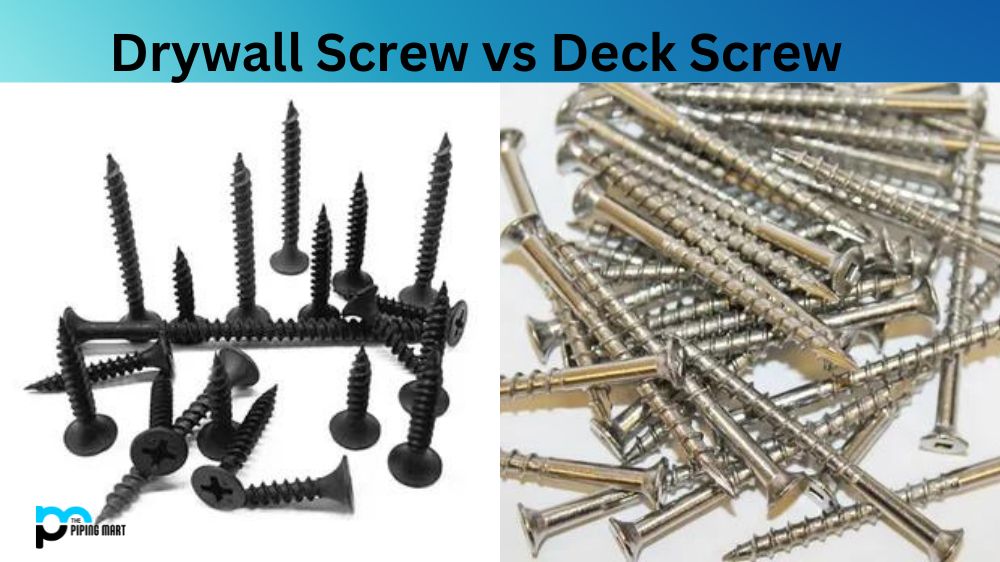Clevis bolts are essential in various equipment and machinery, including aircraft, automobiles, cranes, and elevators. These bolts are designed to serve as a pivot point, connecting two separate components through a hole in the clevis pin. The main function of a clevis bolt is to attach a rod end, yoke, or fork to machinery or equipment. Clevis bolts come in various sizes and types, each designed for a specific use. This blog will discuss the different types of clevis bolts and their uses.
Types of Clevis Bolt
Standard Clevis Bolts:
Standard or straight clevis bolts are the most common type used in various industrial applications. These bolts feature a straight pin that passes through a clevis base and a round hole in the yoke, rod end, or fork. Standard clevis bolts come in different pin sizes and diameters, and they can be made from stainless steel, carbon steel, or other materials, depending on the application. They commonly attach hydraulic cylinders, control rods, and linkages to machinery.
Shoulder Eye Bolts:
Shoulder eye bolts feature a shoulder between the head of the bolt and the shank, making them ideal for lifting applications. These bolts are designed to distribute the load evenly across the shoulder, reducing the stress on the bolt. Shoulder eye bolts are commonly used in machinery and equipment that require regular lifting and are available in different sizes and materials.
Clevis Pins:
Clevis pins are widely used for securing the ends of hydraulic cylinders and other non-critical applications. These bolts feature a straight or a tapered pin and come in different dimensions, depending on the overall length, diameter, and pin size. These pins can be coated with zinc, phosphate, or other materials, making them corrosion-resistant. Clevis pins are most suitable for equipment subjected to frequent disassembly and reassembly.
Detent Clevis Pins:
Detent clevis pins are similar to standard clevis bolts but feature a spring-loaded ball or pin on the shank. The detent ball or pin locks the clevis pin into position, preventing accidental disengagement. These clevis pins are most suitable for applications that require securing the joint in specific positions.
Cotter Pins:
Cotter pins are not technically a type of clevis bolt but are important in securing clevis pins. These pins are designed to secure clevis pins, preventing them from loosening or falling out. Cotter pins are available in different diameters, lengths, and materials, making them suitable for various applications.
Conclusion:
Clevis bolts are critical components in mechanical equipment, and their choice can impact the functionality and safety of the equipment. By understanding the different types of clevis bolts and their applications, you can make informed decisions when choosing the right ones for your equipment. Standard clevis bolts, shoulder eye bolts, clevis pins, detent clevis pins, and cotter pins are the most common types of clevis bolts available, and each type has its unique features and uses based on specific industrial applications.

A passionate metal industry expert and blogger. With over 5 years of experience in the field, Palak brings a wealth of knowledge and insight to her writing. Whether discussing the latest trends in the metal industry or sharing tips, she is dedicated to helping others succeed in the metal industry.




